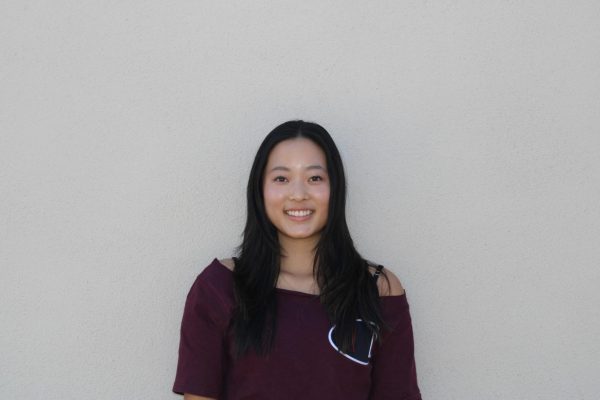Matcha is the world’s newest obsession. The vibrant green flooding our social media feeds makes us forget that only a few trends ago, matcha, was an artisanal product enjoyed by enthusiasts and health fanatics. What was once a cultural drink has transformed into one of the world’s most popular beverage trends. This matcha mania shows no signs of slowing, with consumer taste pushing supply chains and local farmers to the brink. But behind pastel cups and the viral Tiktoks lies centuries of history, deep cultural significance, and an uncertain future.
Unlike instant-coffee, or factory-processed tea, the creation of this pricy powder is a long and labor-intensive process. The young leaves are hand-picked in early summer, steamed to preserve their color, then dried and stone-ground into that vibrant powder we love. Traditionally tied to Japanese tea ceremonies, the drink is cultural and sacred. Because the process relies on patient, artisanal methods, the output will never be able to uphold such sudden spikes in global demand.
For many Cougars, matcha is less about ritual and more about routine. Senior McKenzie Khan has noticed this trend within her own home, “My sister is obsessed with matcha…we have so much in our house.” The obsession has entered the households of many within the Lamorinda community, just as it has worldwide, making Campolindo students consumers of this global fad. People often want to be a part of the newest trends and matcha is no different.
Much of matcha’s rising popularity can be attributed to influencers. Many influencers including Emma Chamberlain have promoted the drink as a healthy alternative to coffee, branding it as part of a productive morning routine. “I’d say that social media and the overall presentation of matcha has heightened the appeal,” Khan agreed. Victoria’s Secret model, Sanne Vloet, promotes the drink through her own premium brand, Nekohama, tying matcha to luxury wellness. The 40g packet retails for $60 on her site, appealing to markets eager to blend wellness with exclusivity.
The high prices not only reflect increasing consumer interest but something deeper: a centuries-old human desire for class distinction now revealed by social media. French sociologist Pierre Bourdieu’s idea of cultural capital, the idea that taste and consumption often serve as markers of social status, describes this pattern. Matcha has evolved from a cultural practice, to aesthetic trend, to a symbol of class. To purchase a $60 packet of matcha or a handcrafted bamboo whisk is to buy aesthetic sophistication and wellness privilege, it signals that this person embodies the traits valued in the digital age.
This widespread digital promotion is reflected in many local cafés. Shops now serve not only coffee and tea, but matcha as an integral part of their menu. Coffee-goers have now come to expect matcha when ordering their morning caffeine. “Now everybody wants matcha,” Khan said.
While the trend has definitely helped farmers financially, the global demand has pressured many growers to automate their production processes. Brands like Naoki Matcha note that smaller tea companies have been pressured to meet the demands of large food companies. The meticulous process of hand-picking and stone-grinding is becoming rare as the market shifts to value bulk, ingredient grade quality, and local farms struggle to keep up with orders. What was once sacred is increasingly becoming streamlined for the global market.
“It’s part of the new clean girl aesthetic” Khan observed, raising the question of: is a drink being reduced to an aesthetic, being stripped of its heritage? For some, the wellness-riven branding ignores the cultural and ceremonial roots of matcha. But for others, matcha thriving as a trend is proof that cultural appreciation and commercialization can coexist.
The matcha trend has been on the rise for many years now. Its popularization reflects a broader pattern: global food trends blurring the line between cultural preservation and pop culture exploitation. Avocado toast, boba, turmeric lattes all reflect the same cycle of foods evolving from a niche cultural product to a wellness staple to the viral social media trend. As the matcha craze shows no signs of slowing, the future is uncertain. Will the demand for aesthetic drinks erode its cultural roots? Or will the global spotlight aid preservation and expand tradition? For now, at Campolindo, students sipping on green lattes may not be reflecting on centuries of ritual, but their choices are shaping the story of matcha itself.


